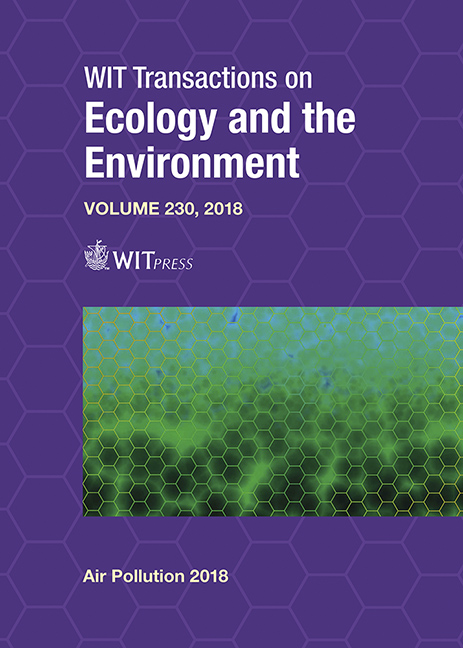INDOOR AIR QUALITY MODELLING ON UNIVERSITY BUILDINGS IN TABASCO, MEXICO
Price
Free (open access)
Transaction
Volume
230
Pages
11
Page Range
301 - 311
Published
2018
Paper DOI
10.2495/AIR180281
Copyright
WIT Press
Author(s)
ELIZABETH MAGAÑA-VILLEGAS, SERGIO RAMOS-HERRERA, IRVING IVÁN SALVADOR-TORRES, JESÚS MANUEL CARRERA-VELUETA, RAÚL GERMÁN BAUTISTA-MARGULIS
Abstract
Indoor air quality in academic areas has become of vital importance in high educational institutions worldwide. This is very important since students spend a substantial time in such common areas. The current objective of this investigation was to evaluate the air pollutant levels in two common areas (coffee shop and library) at the Juarez Autonomous University of Tabasco, Mexico. The study consisted in monitoring carbon monoxide (CO) and particulate material (PM10) concentration regarding the carbon dioxide (CO2), temperature (T) and relative humidity (RH). From the indoor air measurements, lineal regression models were also obtained to explain the CO2, CO and PM10 behaviour as a function of the temperature and relative humidity. The hourly average of PM10, CO and CO2 were computed to evaluate the air quality and indoor comfort level based on EPA, WHO and ASHRAE (the American Society of Heating, Refrigerating and Air-Conditioning Engineers) regulations. At the coffee shop, the CO concentration levels were found to be exceeded according to the air quality standards established by WHO. For both library and coffee shop, the mean hourly values of CO2 and temperature exceeded the maximum values recommended by ASHRAE as comfort levels. Concerning the relative humidity in the library, values of 60 % were recorded exceeding the maximum levels established by ASHRAE. Finally, the current results revealed that temperature and relative humidity played an important role for bacteria growth, indicating its presence for indoor ambient spaces, under similar ambient conditions.
Keywords
indoor air quality, atmospheric pollution, lineal regression models





